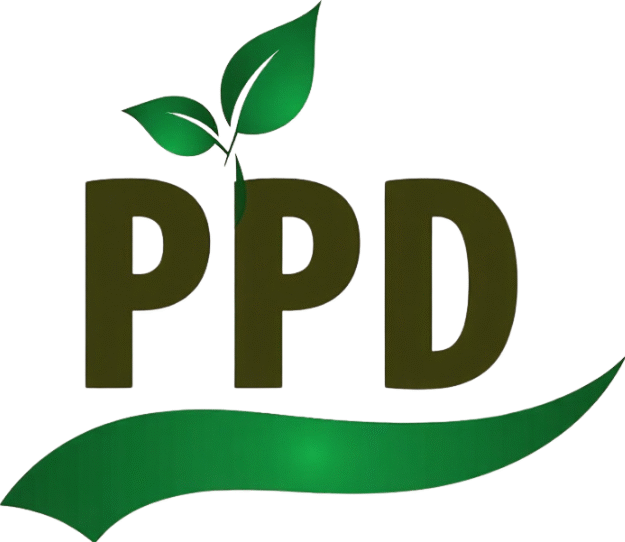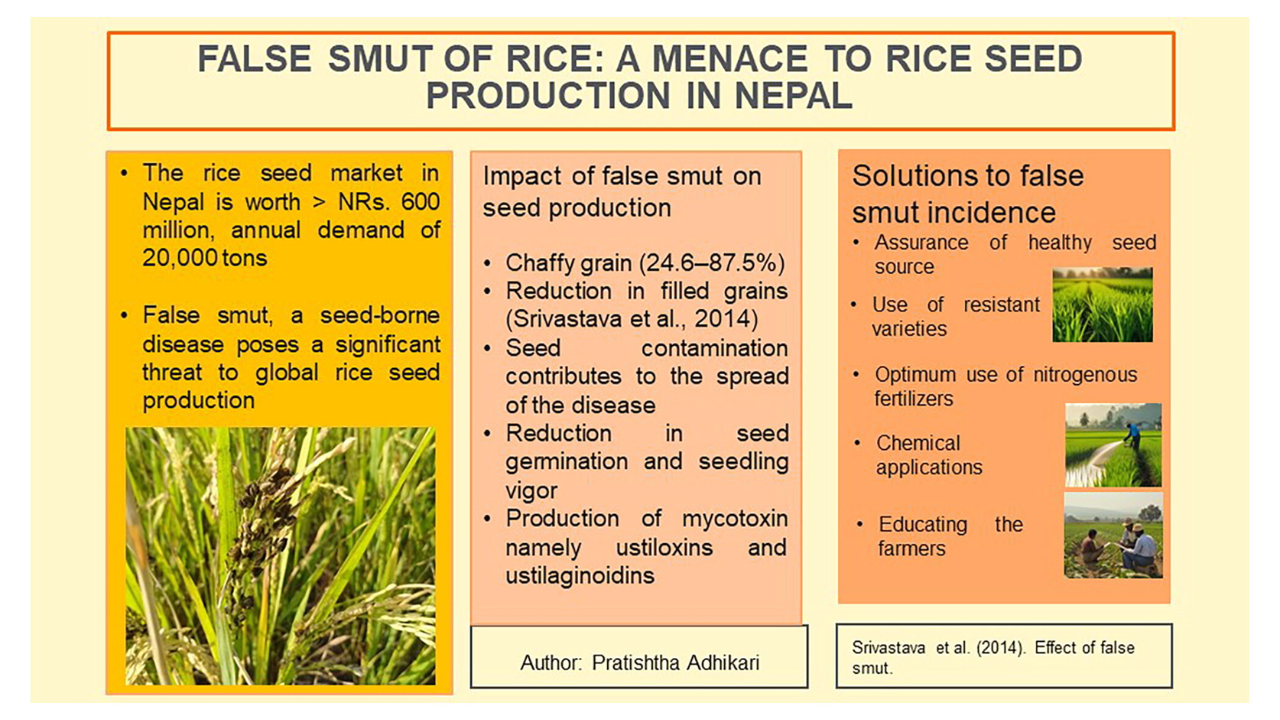
Myanmar, a country with a rich agricultural heritage, relies heavily on rice not just as a staple food but also as a key export commodity. Covering over 6 million hectares of farmland, rice plays a central role in both rural livelihoods and national food security. However, this vital crop is under constant threat from a host of plant diseases — many of which have intensified due to changing climatic conditions, poor field hygiene, and limited access to resistant seed varieties.
This article sheds light on the top plant diseases affecting rice crops in Myanmar, their symptoms, causes, and the mitigation strategies being deployed to combat them.
The Major Rice Diseases in Myanmar
The rice-growing regions of Myanmar are particularly vulnerable to several fungal, bacterial, and viral diseases. Below are the most prevalent and economically damaging ones:
1. Rice Blast (Magnaporthe oryzae)
- Symptoms: Diamond-shaped lesions with gray or white centers on leaves; can also attack panicles and necks, leading to severe yield loss.
- Causes: Warm, humid conditions; dense planting and excessive nitrogen usage.
- Impact: Can reduce yield by up to 50% in severe outbreaks.
- Control Measures: Use of resistant varieties (e.g., Yezin 2), balanced fertilization, and fungicides like tricyclazole.
2. Bacterial Leaf Blight (Xanthomonas oryzae pv. oryzae)
- Symptoms: Yellowing and wilting of leaves starting at the tips; water-soaked streaks that enlarge over time.
- Causes: Contaminated water, seed transmission, and poor drainage.
- Impact: Particularly dangerous in the seedling and tillering stages; affects overall plant vigor.
- Control Measures: Proper water management, certified disease-free seeds, and copper-based bactericides.
3. Sheath Blight (Rhizoctonia solani)
- Symptoms: Oval lesions on leaf sheaths near the waterline; lesions expand and girdle the plant, causing collapse.
- Causes: High nitrogen use, stagnant water, and crop residue accumulation.
- Impact: Reduces photosynthetic ability; can cause 10–30% yield loss.
- Control Measures: Crop rotation, wide spacing, use of fungicides, and field sanitation.
4. Brown Spot (Bipolaris oryzae)
- Symptoms: Brown to dark brown spots on leaves, glumes, and grains; sometimes leading to seed discoloration.
- Causes: Nutrient-deficient soils, especially potassium and zinc.
- Impact: Causes “poor seedling syndrome” and reduces grain quality.
- Control Measures: Seed treatment with fungicides, balanced fertilization, and resistant cultivars.
5. Tungro Virus Disease
- Symptoms: Yellow-orange leaf discoloration, stunted growth, and delayed flowering.
- Causes: Spread by green leafhoppers; thrives in hot, dry conditions.
- Impact: Extremely damaging if infection occurs early in the season; can wipe out entire fields.
- Control Measures: Vector control (insecticides), early planting, and use of tungro-tolerant varieties.
Table: Overview of Top Rice Diseases in Myanmar
| Disease Name | Pathogen Type | Key Symptoms | Major Causes | Yield Impact | Main Control Strategy |
|---|---|---|---|---|---|
| Rice Blast | Fungal | Diamond lesions, panicle rot | Humid weather, dense planting | Up to 50% | Resistant seeds, fungicides |
| Bacterial Leaf Blight | Bacterial | Leaf yellowing, tip dieback | Dirty water, infected seeds | Moderate | Water control, certified seeds |
| Sheath Blight | Fungal | Lesions on sheath, lodging | Stagnant water, crop residues | 10–30% | Field hygiene, spacing, fungicides |
| Brown Spot | Fungal | Brown leaf spots, poor seedlings | Nutrient deficiency | Low to moderate | Micronutrient balance, seed treatment |
| Tungro Virus | Viral | Yellow leaves, stunted growth | Leafhoppers | High | Vector control, early sowing, tolerance |
Regional Impact and Risk Zones
Rice disease outbreaks vary by region:
- Ayeyarwady Delta: Prone to bacterial leaf blight due to heavy monsoon rains and standing water.
- Central Dry Zone (Sagaing, Mandalay): Higher cases of brown spot and tungro due to drier, nutrient-poor soils.
- Shan and Kachin States: Cooler climates favor the development of rice blast.
The Department of Agriculture monitors these zones and provides periodic disease bulletins to alert farmers.
Contributing Factors to Disease Proliferation
1. Climate Change
Rising temperatures and unpredictable rainfall patterns create ideal conditions for both fungal and bacterial growth.
2. Poor Agricultural Practices
Overuse of nitrogen fertilizer, lack of crop rotation, and poor drainage aggravate disease susceptibility.
3. Limited Access to Resistant Varieties
Though disease-resistant rice varieties exist, adoption is uneven due to lack of awareness and supply-chain issues.
4. Inadequate Extension Services
Rural farmers often lack timely advice and access to inputs needed for disease control.
Government and Institutional Interventions
- Research by Yezin Agricultural University focuses on developing climate-resilient and disease-tolerant rice cultivars.
- The Plant Protection Division under MOALI runs surveillance and diagnostic programs in hotspots.
- Collaborations with IRRI (International Rice Research Institute) aim to promote integrated pest and disease management.
Programs have included:
- Field demos of IPM practices,
- Subsidized fungicide distribution,
- Seed exchange programs for resistant strains.
Strategic Recommendations
To mitigate the spread and impact of rice diseases in Myanmar, the following steps are vital:
- Adopt Disease-Resistant Varieties: Improve seed distribution networks for better access.
- Promote Integrated Disease Management (IDM): Combine cultural, biological, and chemical methods.
- Enhance Soil Health: Through proper fertilization and organic matter addition.
- Expand Farmer Training: Use radio, mobile apps, and village extension workers to spread timely information.
- Establish Early Warning Systems: Use weather data and pest monitoring for disease forecasting.
Three One-Line FAQs
Q1: What is the most common rice disease in Myanmar?
Rice blast is the most prevalent and damaging rice disease across Myanmar’s major growing regions.
Q2: How can farmers protect rice from tungro virus?
By using tolerant varieties, planting early, and controlling leafhopper populations.
Q3: Why does sheath blight spread quickly in Myanmar?
Because of high humidity, dense planting, and water stagnation during the growing season.

